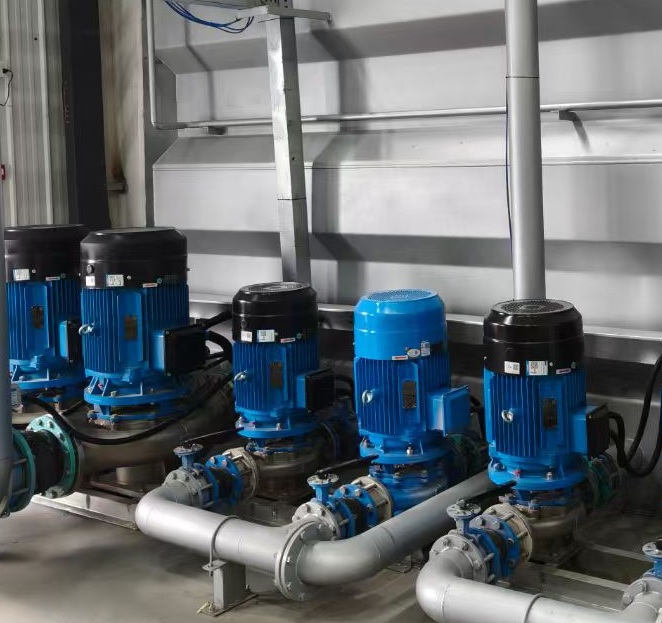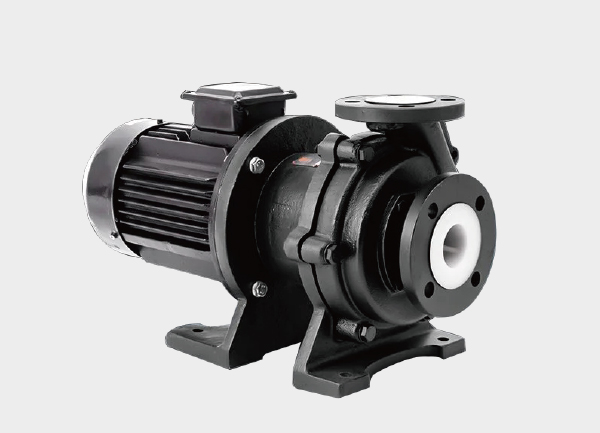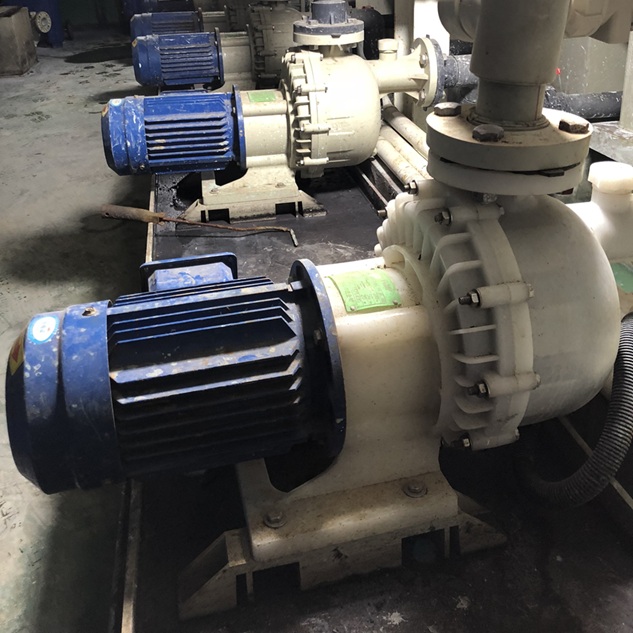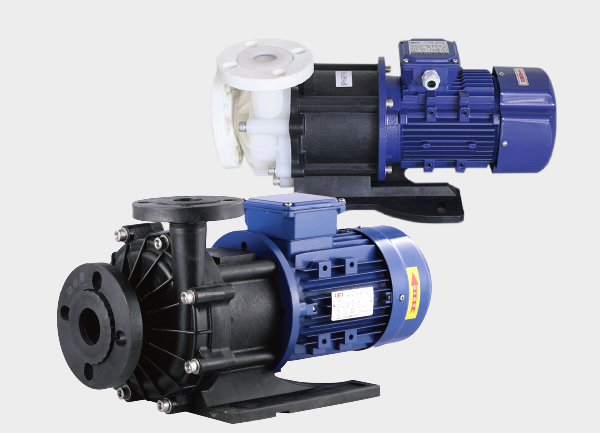Centrifugal pumps are widely used in industrial and civil applications for fluid transfer. However, during long-term operation, they are easily affected by factors such as installation quality, medium characteristics, maintenance frequency, and component aging. These issues can lead to various malfunctions.
This article summarizes the most common centrifugal pump problems in three categories — functional failures, operational abnormalities, and safety hazards — to help users diagnose and resolve faults efficiently.

I. Functional Failures: Pump Fails to Deliver or Performance Below Standard
These issues directly affect the core pumping performance, typically showing as “failure to start” or “insufficient flow/head.”
1. Failure to Start or Immediate Shutdown After Starting
Electrical causes:
Power supply failure or low voltage (more than 10% below rated value)
Incorrect motor wiring (phase loss, reverse rotation)
Faulty control circuit (contactor or thermal relay tripping)
Mechanical causes:
Pump shaft blocked by foreign matter (impurities in medium, impeller jammed)
Bearing seizure causing rotor lock-up
Misaligned or jammed coupling
Load-related causes:
Outlet valve not closed during startup (centrifugal pumps must start with the discharge valve closed to avoid overload and tripping).
2. Insufficient Flow (Actual Flow Much Lower Than Design Value)
| Root Cause | Symptoms and Inspection Points |
|---|---|
| Pipeline blockage or leakage | Inlet filter clogged, valves not fully open, suction pipe leaking air, discharge pipe leaking liquid |
| Impeller damage or improper selection | Impeller wear or broken blades, impeller type not suitable for viscous or particulate media |
| Cavitation or air lock | Low inlet liquid level (below NPSH requirement), gas content too high causing air pockets |
| Insufficient speed | Motor running below rated speed due to low voltage or belt slippage |
3. Insufficient Head (Cannot Reach Design Lift Height)
Closely related to low flow issues, mainly due to:
Impeller wear (head decreases rapidly because head ∝ impeller diameter² × speed²)
Cavitation (bubbles collapse, destroying pressure distribution)
Low speed or high viscosity fluid (increased resistance reduces head)
Installation too high (suction height exceeds pump’s allowable vacuum, reducing inlet pressure).
II. Operational Abnormalities: Vibration, Noise, Leakage
These problems do not always stop the pump immediately, but they accelerate wear and may lead to severe failures if ignored.
1. Excessive Vibration
Mechanical imbalance: Uneven impeller wear (center of mass offset), bent shaft, coupling misalignment.
Unstable foundation: Loose anchor bolts, weak base causing resonance.
Hydraulic disturbance: Air intake at inlet, sudden valve movement (water hammer), solids in medium impacting impeller.
2. Abnormal Noise (“Screeching,” “Rumbling,” or “Grinding” Sounds)
Cavitation noise: Sharp, high-pitched sounds caused by vapor bubbles collapsing near the impeller inlet.
Mechanical noise: Bearing wear (humming or knocking), impeller rubbing against casing, motor electromagnetic noise (short-circuited windings).
Hydraulic noise: Flow turbulence in pipes (valve throttling, sharp bends), air entrainment (“gurgling” sound).
3. Seal Leakage (Shaft Seal or Static Seal)
Dynamic seal leakage (shaft seal):
Packing seal: Packing wear, loose gland (normal leakage should be dripping; continuous stream indicates replacement needed); incorrect packing material (e.g., asbestos used for corrosive media).
Mechanical seal: Worn or warped sealing faces, aged O-rings, failed spring pressure.
Static seal leakage (flange or cover):
Aged or damaged gaskets
Unevenly tightened flange bolts
Warped flange faces (from heat or vibration).
III. Safety Hazards: Motor Overload and Bearing Overheating
If not corrected promptly, these faults can cause motor burnout, bearing failure, or even fire hazards.
1. Motor Overload (Current Exceeds Rated Value, Relay Trips)
Excessive load:
Outlet valve too open (flow exceeds design)
High-viscosity or high-density medium (oil, slurry, etc.)
Mechanical jamming (shaft friction increasing torque)
Motor faults:
Winding short circuit or grounding due to insulation breakdown
Bearing seizure causing motor stall
2. Bearing Overheating (Temperature > 70°C; Normal ≤ 65°C)
Poor lubrication: Lack of grease, wrong lubricant for temperature, excessive grease causing poor heat dissipation.
Improper installation: Bearings too tight (reduced clearance, increased friction), bent shaft increasing radial load.
Wear or aging: Worn rolling elements or races, loose fit between inner ring and shaft causing frictional heat.
IV. Summary: Preventive Measures to Reduce Centrifugal Pump Failures
Regular maintenance: Clean inlet filters and inspect impeller wear every 3–6 months; replace bearing grease and check mechanical seals annually.
Proper installation: Align coupling (misalignment ≤ 0.1 mm); tighten base bolts evenly; ensure installation height below allowable suction head.
Correct operation: Prime and vent before startup; start with discharge valve closed; avoid prolonged low-flow or high-head operation to prevent cavitation.
Medium compatibility: Choose materials and designs based on fluid properties — e.g., stainless steel for corrosive fluids, wear-resistant impeller for slurries, and avoid using “clean-water pumps” for viscous liquids.
Through systematic inspection and preventive maintenance, the frequency of centrifugal pump failures can be greatly reduced, ensuring stable performance and extended service life.






